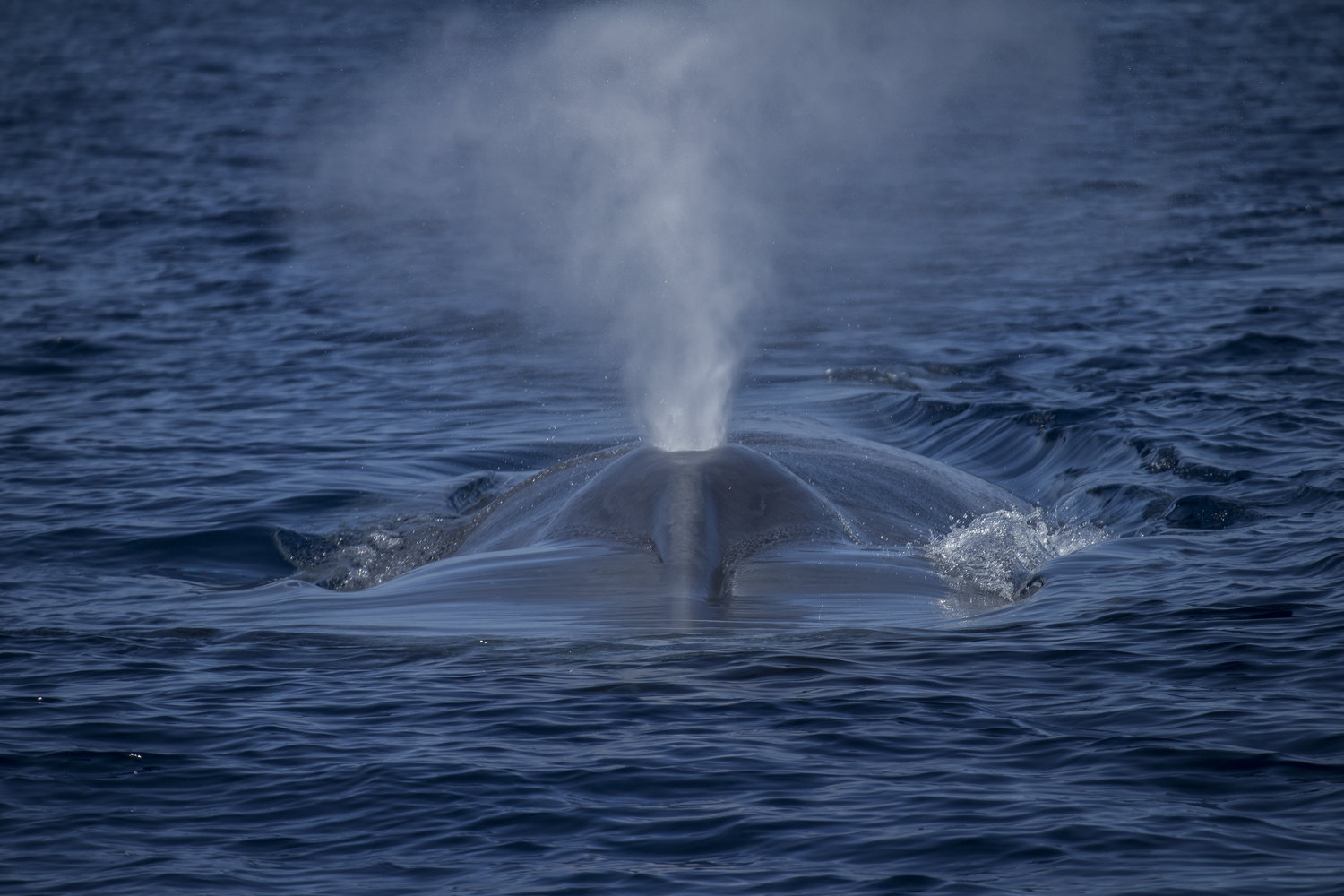Marine mammal Bycatch (fishing)
Addressing activities and threats
Co-authored by Bianca Cisternino, Bycatch Coordinator, Whale and Dolphin Conservation (WDC)
- Last updated | 14 December 2023
Co-authored by Bianca Cisternino, Bycatch Coordinator, Whale and Dolphin Conservation (WDC)

Marine mammal bycatch occurs in all kinds of fishing operations, from large industrial to localised artisanal fisheries, and can be a result of mobile or fixed fishing gears [2, 5]. The major fishery gears contributing to marine mammal bycatch include gillnets, trawls, purse seines, longlines, and pot/traps [5]. Gillnets are identified as the highest risk fishing gear for marine mammal bycatch [6] however, threats from specific fishery gears range between species and cetacean groups with Baleen whales at high risk from buoy lines [7] with baited longlines posing a significant threat to toothed cetaceans [8]. Ghost fishing, a threat from discarded, lost, or abandoned gear, also causes high mortality amongst marine mammals [9]. Pinnipeds are also major victims of bycatch and pinniped mortality estimated in the hundreds of thousands with significant interactions from trawls [8].
Hector’s dolphin (Cephalorhynchus hectori), found only within New Zealand waters, is currently listed as endangered. In response to threats of entanglement and by-catch from fishing, the Banks Peninsula Marine Mammal Sanctuary was gazetted in 1988. Covering 413,000 ha, the sanctuary extends 12 nmi out to sea.
Within the sanctuary, there is a year-round ban on amateur set-net fishing, and seasonal set-netting restrictions are in place. While the survival rate within the sanctuary, this was considered insufficient to allow population recovery. Therefore, broader management actions were introduced across the majority of the species’ range, including a ban on gill-netting within 4nmi of the coast in some areas and 2 nmi of the coast in others. Other strategies have involved fishing awareness campaigns, changing fishing methods, and substantial research using compulsory reporting of entanglement and bycatch and encouragement to report sightings. Early indications of population recovery illustrate the frequent need to extend management beyond small and medium-sized MPAs, even for relatively sedentary coastal species.
Image credit; Commercial and recreational set net prohibition areas off the west coast of the North Island – Hector’s and Māui Dolphin Threat Management Plan 2020
[1] Web-page: Marine Mammal Commission: Marine Mammal Bycatch
[2] Web-page: International Whaling Commission: Bycatch
[9] Web-page: Papahānaumokuākea Marine National Monument.
[10] Web-page: Understanding Bycatch, NOAA
If you would like to get in contact with us, please use the button below.
Copyright 2022 © All rights Reserved. Design by piknetart.com